Order: Passeriformes. Family: Muscicapidae

Description
14-15 cm. About sparrow-size. The crown, nape, mantle and back of adult birds are light grey-brown, and the underparts and indistinct eyebrow are paler. Obvious pale eye-ring.The wings are dark brown and buff. The outer primary has a 1-cm-long, sickle-like tip. The rump and tail are brownish pink, except for a dark triangle at the end of the tail. The bill, legs and feet are black and the eyes dark brown. The sexes are similar.
The juvenile has buff tips to its feathers.
Similar species: It is more slightly built and longer legged than the Familiar Chat. The dark upperparts contrasting with the paler underparts distinguish this species from the more uniformly coloured Familiar Chat. It further differs in having the (paler) salmon-buff on the rumped confined to the tail base. The Sickle-winged Chat and the similarly pale Tractrac Chat, which has a white rump, are also difficult to distinguish from a distance.
Distribution
Endemic to southern Africa, occurring from southern Namibia to the Northern, Western and Eastern Cape, extending into the Free State and Lesotho.
Habitat
Occurs on montane grasslands and slopes as well as in shrubby fynbos.
Diet
Eats mainly invertebrates taken on the ground after dropping down from its perch on a shrub or rock, or while hopping on the ground. Also eats fruit.
Breeding
This species is monogamous, mating for life. The nest is a cup built of twigs and coarse grass and lined with soft, dry grass, fluffy seeds and other fine plant material. It is typically placed in soil at the base of a shrub, grass tuft or stone, or occasionally in a hole in a wall. Egg-laying season is from August-March, peaking from October-January in most areas, but earlier in the Western Cape. It lays 2-4 pale greenish blue eggs, lightly speckled with reddish brown. The female incubates the eggs for 14-16 days until they hatch.
Call
A soft chak-chak call and a warbled song.
Status
Uncommon to locally common resident, endemic. Rated as least concern.



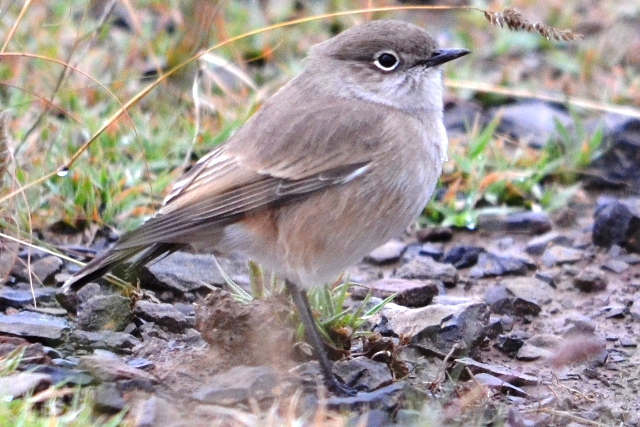
 © nan
© nan © nan
© nan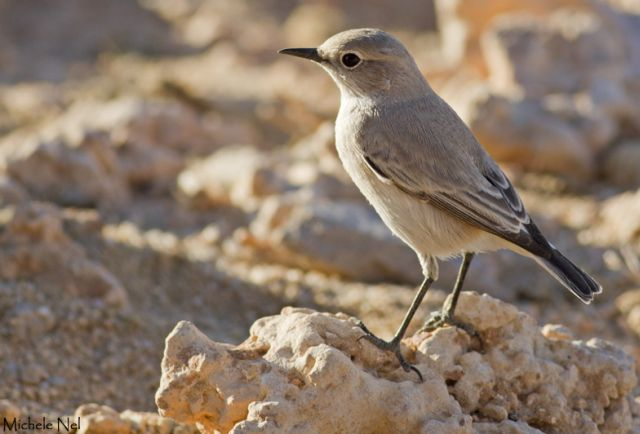
 © Flutterby
© Flutterby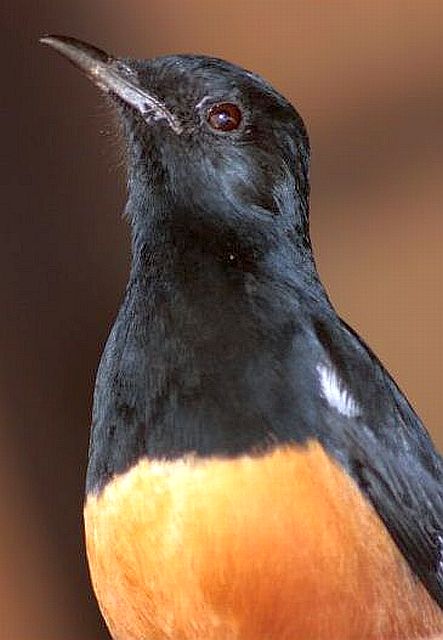 © harrys
© harrys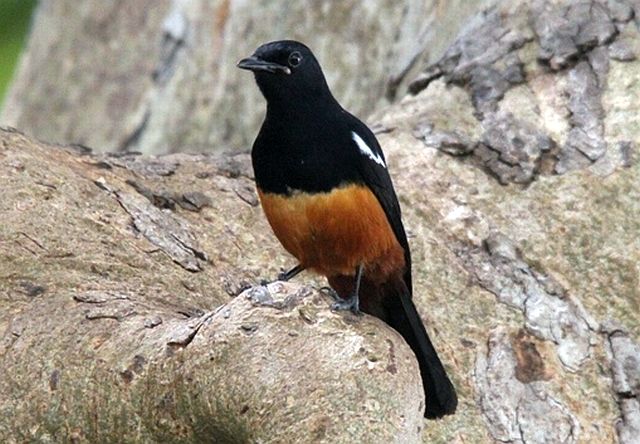 © pooky
© pooky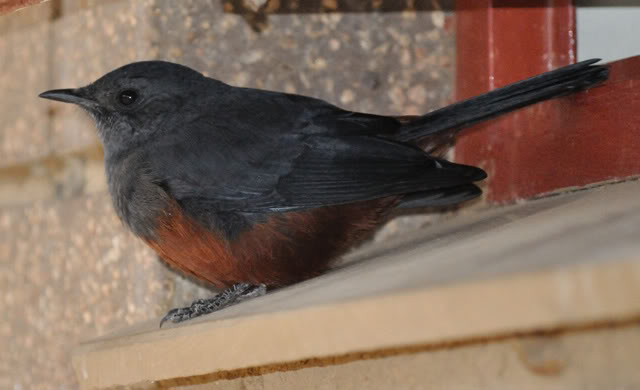 © BluTuna
© BluTuna © Flutterby
© Flutterby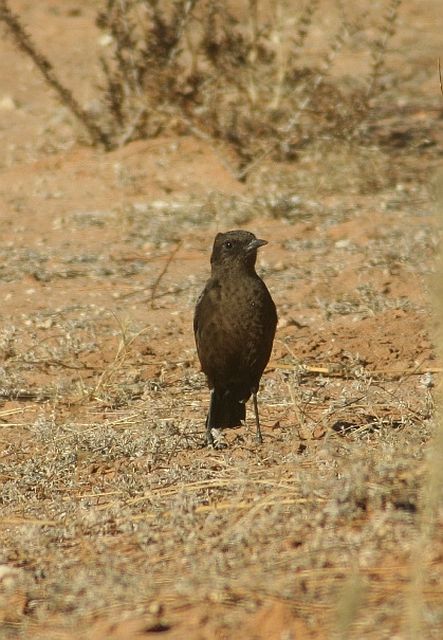 © pooky
© pooky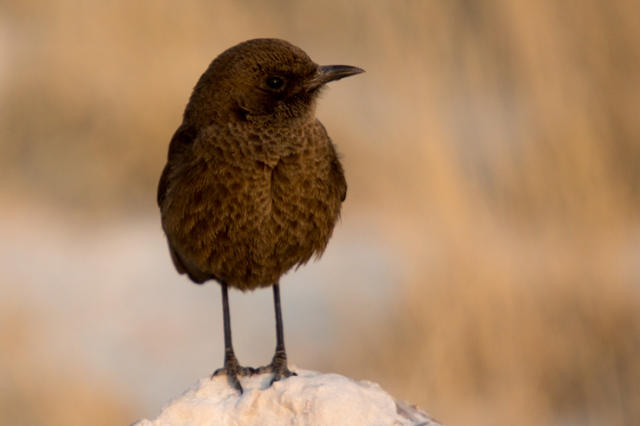 © Kesheshe
© Kesheshe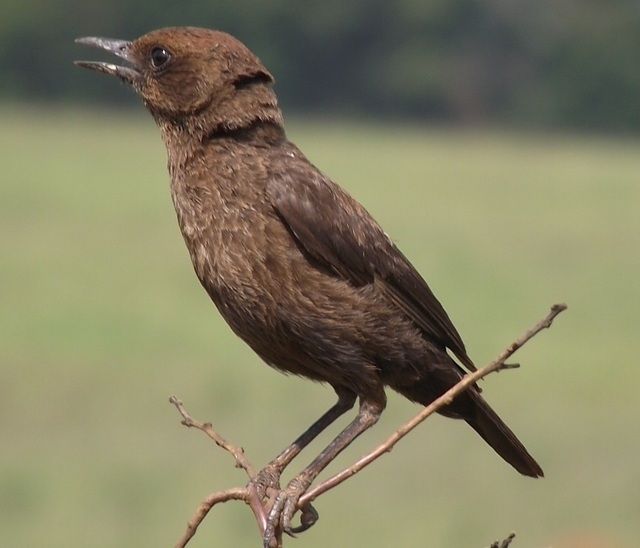 © mposthumus
© mposthumus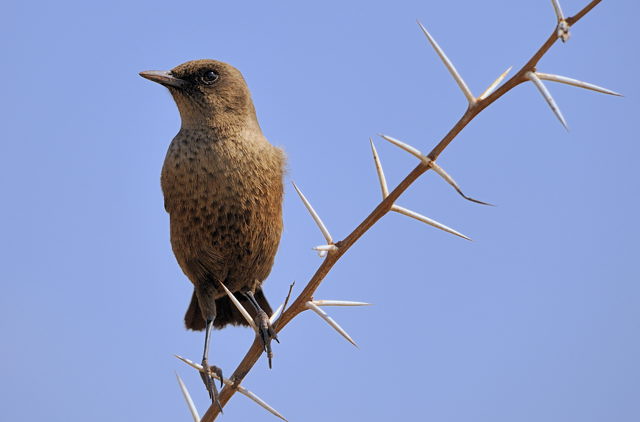 © Dewi
© Dewi